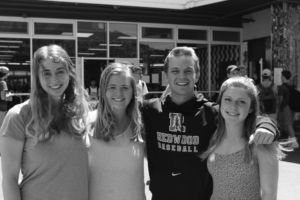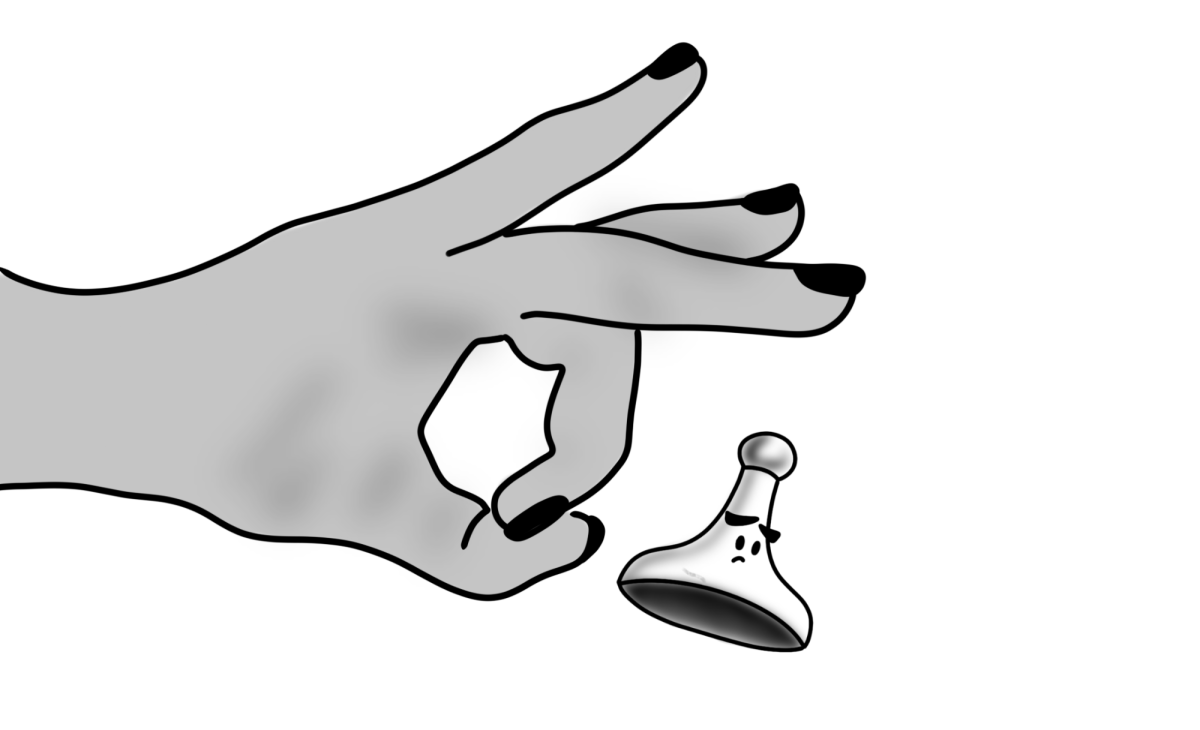When a dead body is found in the rubble of one of our country’s most devastating atrocities, the typical person doesn’t expect to find more than the blood-soaked clothes, chaotically twisted around the victim’s limp body. But for Bill Biggart, this was not the case. As the final shutter clicked on September 11th, 2001, Biggart took his last breath when the North Tower of the World Trade Center collapsed upon him. His body was later found accompanied by his burnt-edged press card, three demolished cameras, six rolls of film and one undisturbed compact SD card carrying almost 150 images.
I first learned about Biggart from an indelible film in the Newseum in Washington D.C.. Featured in an exhibit describing the media’s role in the 9/11 attacks, the movie highlighted not only Biggart’s tragic demise, but also his ambitious and heroic act for the sake of the media. Immediately after hearing about the plane crash, Biggart ran home to grab his cameras and headed straight for the World Trade Center, without hesitation nor thought. As his pictures indicate, Biggart was eventually shooting straight up at the burning buildings.

What spoke to me most about this typically unknown hero was his courage and unwavering passion for the media. He never stopped to realize the possible repercussions of capturing 9/11, nor did he stop shooting as black smoke and coals infected his lungs. Biggart literally died reporting the truth. And this is what I have loved most about journalism and being on staff for the Bark, informing on the truths, the realities and the facts: a sometimes difficult, yet noble feat.
While on staff, the stories I have felt the most pride for publishing were the ones that questioned the status quo and brought forth the truths within our community. Between “School board considers recommendations to cut funding for wellness programs,” “Brandy Hell-ville,” and “Club and school sports prove closely intertwined,” the Bark has sparked conversation within our community based on the cold, hard truth. As students, our voices are often weakened, but the Bark provides us with an outlet to report on issues we as students see in our community in a reputable and informative manner. In Bark, we have learned how to tell a story that means much more than words; a story that unleashes the realities of Marin County and the truths of Redwood High School. Sometimes it will take more than one attempt to get it right (or four for me), but when you do, the sensation of uncovering the truth is something no one can recreate.






